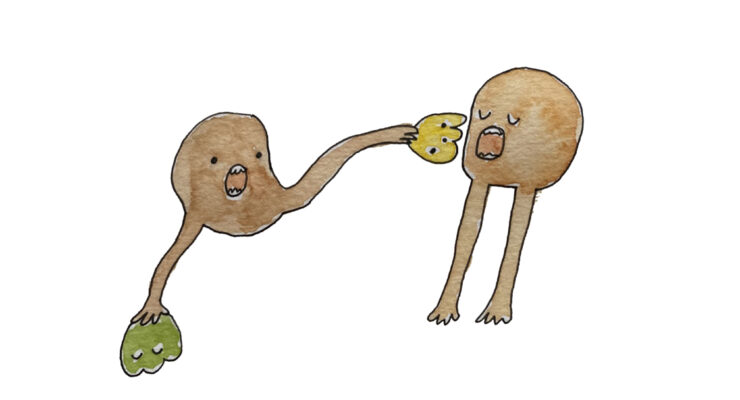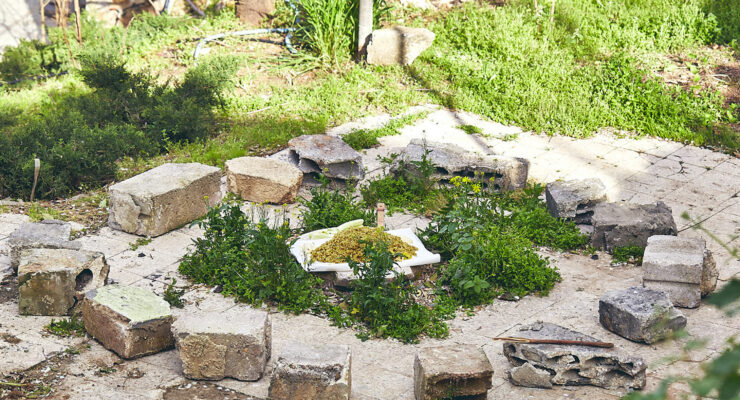“The future of food and design is going to be planetary.”
Ishpreet Batra grew up in the city of 'Tehzeeb', Lucknow in India. She never took any formal education in food but the flavours of her culture attracted her to start experimenting with the complex flavours of 'Awadhi' cuisine at the age of 12. While the process of cooking gave her emotional balance, studying fine arts and design gave her the vision as well as the skill to understand her passion. Ishpreet has spent seven years working with various design startups, services and products as a User Experience Designer. Today Ishpreet lives close to the capital of India studying food culture, eating habits and creating unique multisensory experiences around little observations, and hopes to address some real world problems in future.
Why does food and design interest you?
As a designer, it is in my nature to dig deep and food has been my favorite topic. It’s so interesting how eating food, a mundane everyday activity, is actually our most religious and most frequent activity. Eating is the only act other than sex that involves all five senses. It provokes intense memories and emotions. A tiny fluctuation in the food chain can heavily alter environment, economics, and genetics! Creating experiences around food is what gives me happiness.
What was your own favorite food and design experience so far?
I created a simple experience while I was exploring one of the most popular dishes in India, dosa. Dosa is a savory crepe made with fermented lentils and rice. While exploring this food as a material, a space was designed as part of an eating experiment, where the audience could sit together and concentrate purely on the aesthetics of the food.
The taste, presentation, smell, texture and the perfect crispy sound it makes, is a beautiful harmony of different elements. Spiral lines and each fermented pore looked like a star in the huge galaxy, radiating energy and glowing (image below). The famous Masala Dosa cooked to lacy perfection on a hot griddle accompanied with the flavors of a spiced concoction of mashed potatoes, coconut chutney and sambhar is a gift from the Southern part of India to the rest of their countrymen. The popularity of the dish inspired me to do this experiment for my research work, and it was appreciated for the intimacy it created within the dish and the people eating it. It was more about exploring food as a medium of communication.
But it doesn’t end just with dosa, I would like to explore many more foods from around the globe in the times to come, for it’s food that defines us. What you eat, where you eat, how you eat and with whom you eat, everything matters. It defines who you are and where you stand in the society. In fact, what we eat is what we are! Food has the power to connect and that power is something that is unexplored, mysterious and captivating. It can create experiences which are not limited to just taste and presentation but something much deeper.







